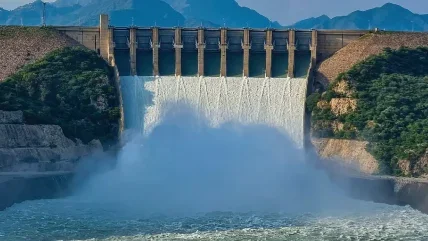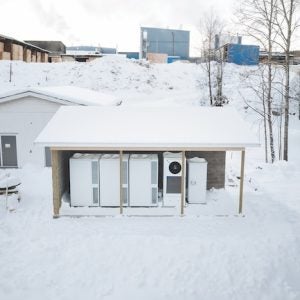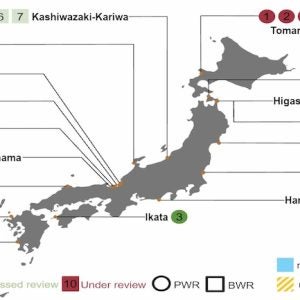
The findings, says NREL, provide previously unknown insight into how closed-loop pumped storage hydropower – which is not connected to an outside body of water – compares to other grid-scale storage technologies.
The study compares pumped storage to four other technologies: compressed air (CAES); utility- scale lithium-ion batteries (LIBs); utility-scale lead-acid (PbAc) batteries; and vanadium redox flow batteries (VRFBs). Pumped-storage hydro and CAES are designed for long-duration storage, while batteries are intended to be used for a shorter time frame.
“Not all energy storage technologies provide the same services,” said Daniel Inman, one of the study’s authors. “We looked at compressed-air energy storage, which provides grid-scale energy storage and provides services like grid inertia and resilience. But pumped storage hydropower is about a quarter of the greenhouse gas emissions compared to compressed air.”
In examining pumped storage hydro, the researchers modelled their findings based on 39 preliminary designs from 35 proposed sites in the contiguous USA. The average closed-loop pumped storage hydro facility was assumed to have a power rating of 835 MW and a capacity of 2060 GWh of stored energy delivered annually. The base scenario also assumed the electricity would entirely come from renewables.
The researchers calculated the GWP (global warming potential) attributed to 1 kWh of stored electricity delivered to the nearest grid substation connection point. They estimated the GWP for pumped storage hydropower ranges from the equivalent of 58 to 502 gCO2/kWh. Hydropower achieved the lowest GWP, followed by LIBs, VRFBs, CAES, and PbAc batteries.
* “Life cycle assessment of closed-loop pumped storage hydropower in the United States,” by Daniel Inman, Gregory Avery, Rebecca Hanes, Dylan Hettinger, and Garvin Heath, all with NREL’s Strategic Energy Analysis Center.






